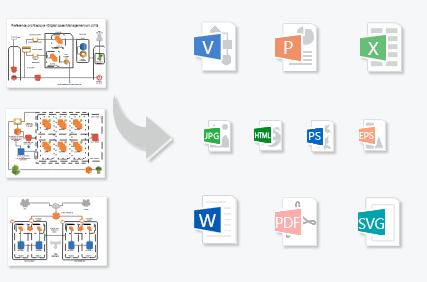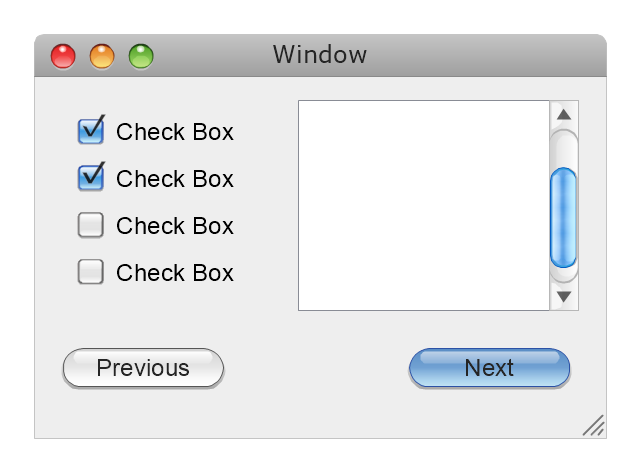


The interactions and action between events, actors, and the data lead to the end result that is the Use Case goal. So the system is not the owner of the use case. A specific use case can be referred to by other systems as well. Notation is horizontally shaped oval and is located inside the System boundary rectangle indicating that the use case applies to the mentioned subject. #2) Use Case: It represents a functional unit of a large application. The actors accessing the system are placed outside the system boundary. Notation of System Boundary (Subject) is a rectangle with System’s name on top of the rectangle.Īll use cases or functionality of the specific system are located inside the rectangle. It details a set of actions between actors and the data consumed and produced if any. #1) System: It is also referred to as scenario or functionality. Listed below are some important components of Use Case diagrams:
#STARUML GENERATE MYSQL VERIFICATION#
The association presented between actors and other external applications brings clarity to the validations and checking required for the wholesome verification of the system.

It is presented from the end user’s perspective, making it easy for the developers to understand the business purpose.It presents a large complex project as a set of small functionalities.They bring customers, and all other users on the same page, making communication easy.They are presented in a simple and non-technical way, easy to understand by all technical and business users.It elicits the functionality as a black box with all the users who have access or a role in it. Use Case diagram is a functional requirement documentation technique.The diagrams do not give the details of deployment, trigger of the event, etc. It also presents the functionality’s exceptions, pre-condition, and post-condition. The observable outcome of the functionality to the actor and other stakeholders of the system is shown with clarity. It represented the collaboration and interdependence of the functionality and users in a very easy and understandable manner. The presentation is from the perspective of all users giving a high-level design and basic flow of events of the system. The main purpose is to present all functional requirements of the system diagrammatically with all the users who can access the functionality. Hence multiple use case diagrams represent the complete system. For every single functionality representation, a fresh diagram is used. design, implementation, process, and deployment. Use Case diagram represents the system’s functionality connecting all four perspectives, i.e.


 0 kommentar(er)
0 kommentar(er)
